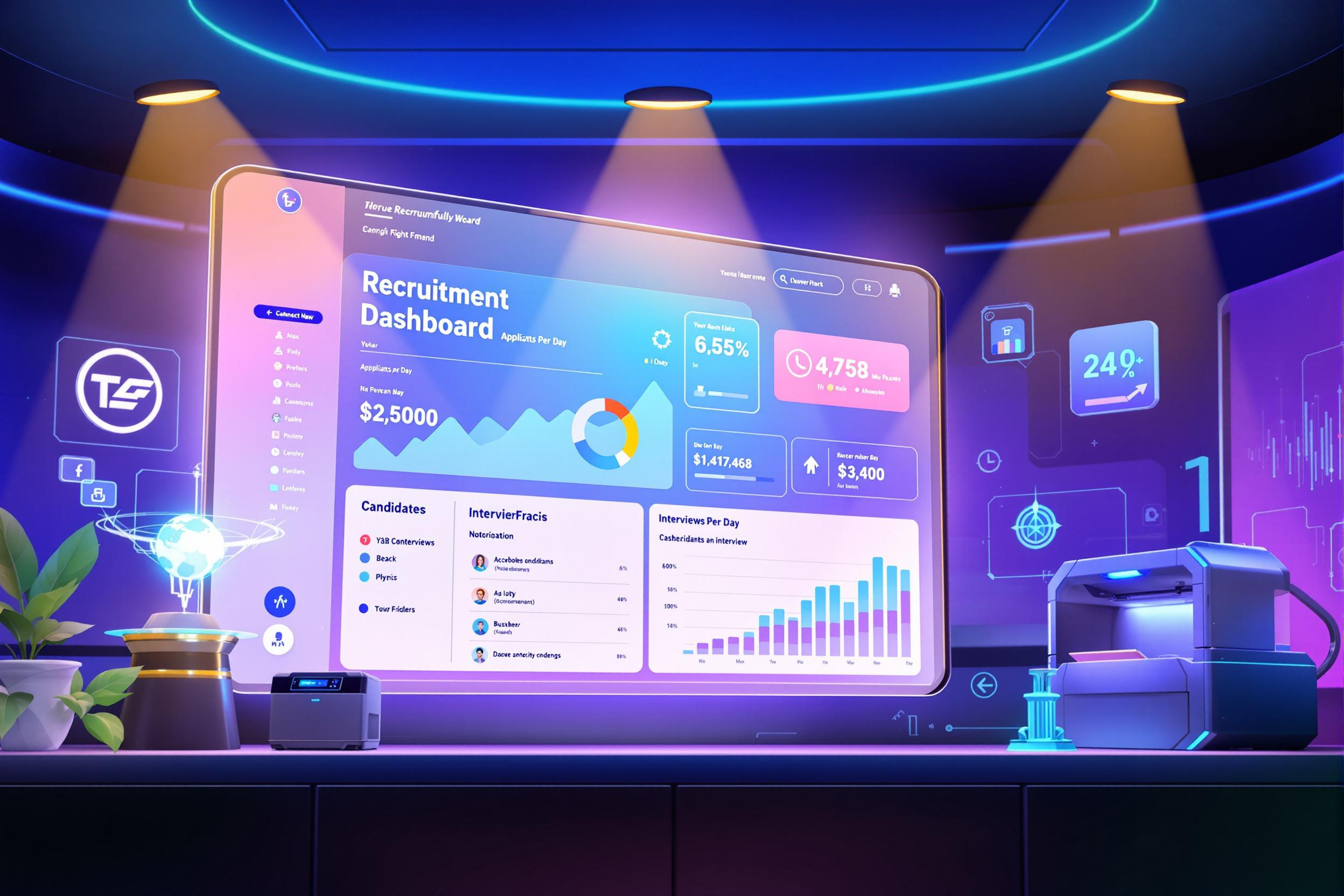
Generator
A Generator is a crucial machine in wind turbines that turns the spinning motion of the blades into electricity. Think of it like a very large and sophisticated version of a bicycle dynamo. When wind moves the turbine blades, this movement is transferred to the generator, which then produces the electrical power that can be sent to homes and businesses. Generators are a key component that wind energy technicians and engineers work with, maintain, and sometimes need to repair or replace. They come in different sizes and types, with some common varieties being "permanent magnet generators" and "doubly-fed induction generators," though recruiters mainly need to know that candidates' experience with generators relates to their ability to work with these power-producing components.
Examples in Resumes
Performed maintenance and repairs on Generator systems in 50+ wind turbines
Led team of technicians in Wind Generator installation projects
Conducted regular inspections of Turbine Generator components and systems
Typical job title: "Generator Technicians"
Also try searching for:
Where to Find Generator Technicians
Professional Associations
Online Communities
Job Boards
Example Interview Questions
Senior Level Questions
Q: How would you approach troubleshooting a generator that's producing lower power output than expected?
Expected Answer: A senior technician should describe a systematic approach including checking mechanical components, electrical systems, and using diagnostic tools. They should mention the importance of safety procedures and documentation.
Q: What experience do you have with generator maintenance planning and team leadership?
Expected Answer: Should discuss experience creating maintenance schedules, managing teams, ensuring safety protocols, and coordinating with other departments. Should mention experience with maintenance software and documentation systems.
Mid Level Questions
Q: What are the main types of generators used in wind turbines and their basic differences?
Expected Answer: Should be able to explain the basic differences between common generator types, their advantages and disadvantages, and typical maintenance requirements for each.
Q: Describe your experience with generator maintenance procedures.
Expected Answer: Should be able to discuss routine maintenance tasks, common problems they've encountered, and how they've resolved issues while following safety protocols.
Junior Level Questions
Q: What basic safety procedures do you follow when working with generators?
Expected Answer: Should demonstrate knowledge of basic safety protocols, including lockout/tagout procedures, personal protective equipment requirements, and when to seek supervisor assistance.
Q: Can you explain the basic function of a wind turbine generator?
Expected Answer: Should be able to explain in simple terms how a generator converts mechanical energy from the spinning blades into electrical power, and identify basic components.
Experience Level Indicators
Junior (0-2 years)
- Basic generator maintenance and inspection
- Understanding of safety procedures
- Basic tool operation
- Reading technical manuals
Mid (2-5 years)
- Complex maintenance procedures
- Troubleshooting generator issues
- Understanding electrical systems
- Working with maintenance software
Senior (5+ years)
- Advanced repair and optimization
- Team leadership and training
- Project management
- Complex problem diagnosis
Red Flags to Watch For
- No formal training or certification in wind turbine systems
- Lack of hands-on mechanical experience
- Poor understanding of electrical safety
- No experience with heights or climbing
- Inability to read technical documentation




